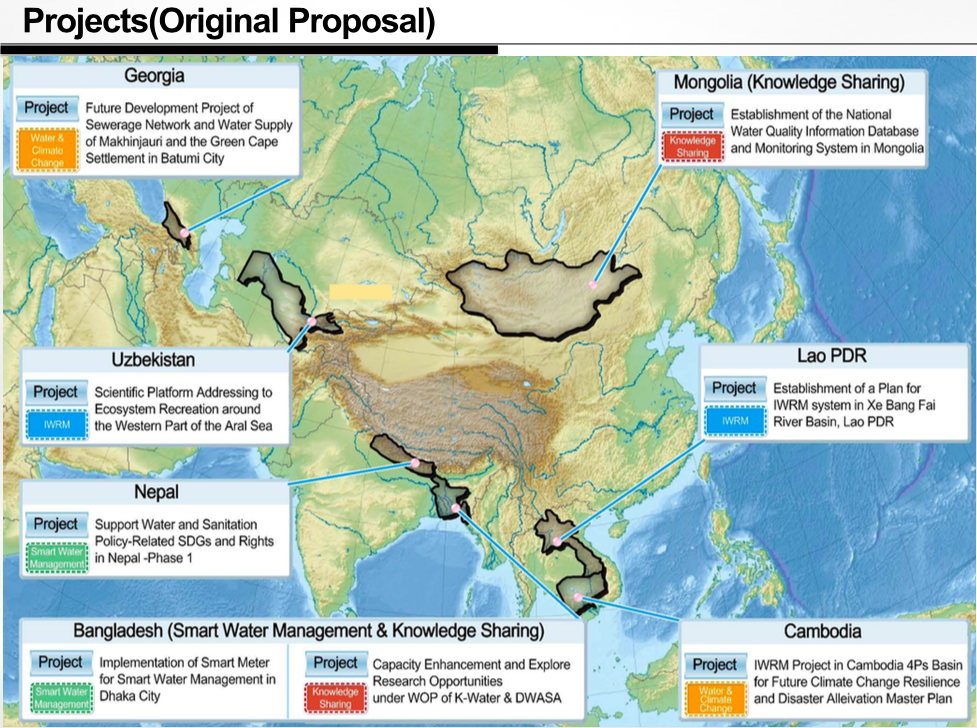
Water and sanitation challenges in Nepal (SDG 6)
Nepal is a landlocked Least Developed Country (LDC) according to World Bank classifications, making it very vulnerable to the impacts of climate change. Although the country is one of the most water-rich of the region, the low level of infrastructure development and the high levels of water contamination (mismanagement of industrial and domestic waste water), compounded by rapid urbanization, mismanagement, and climate change diminish the quality and accessibility of safe drinking water in the country. Although basic water supply was estimated to reach 87% in 2015, still less than half (49.5%) of households has access to piped water. In the sanitation sub-sector, despite great political will demonstrated in the formulation of the 2005 National Water Plan, sanitation coverage remains relatively low and progress has begun to stagnate. 62% of the population had access to at least ‘shared’ sanitation facilities as of 2014, but approximatively one quarter of all households do not own a toilet, and although 67.6% of the population uses latrines, only 30% of urban households are connected to sewer systems. In addition, access to piped water supply is positively correlated with wealth quintile, and access to improved sanitation is positively correlated both with wealth quintile and caste/ethnicity. In short, although great progress has been made, water and sanitation coverage and quality falls short of the Nepal Government’s initial target to achieve universal sanitation and water access by 2017. A concerted effort will be required if Nepal is to achieve its goal of universal water and sanitation access by 2030, according to Nepal’s SDG Road Map (2016-2030).
Since the promulgation of the new Constitution in 2015, significant WASH-related responsibilities have been devolved to the local level (Village Institutions, Municipalities and District Assemblies), where targeted interventions can answer to contextualized needs, heightening the need for enhanced cooperation between key WASH sector actors, unified strategies and methods, and shared databases and indicators.
